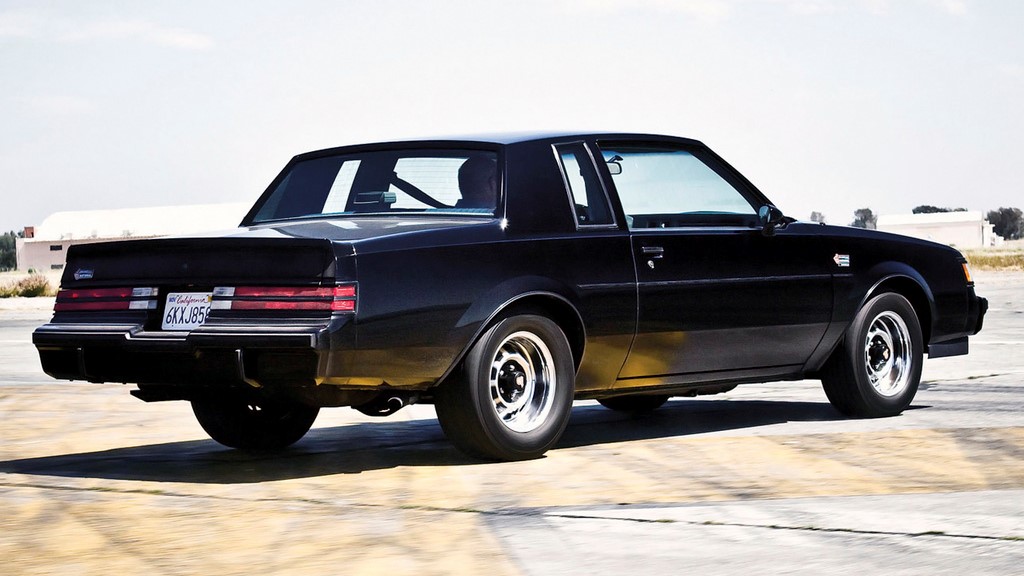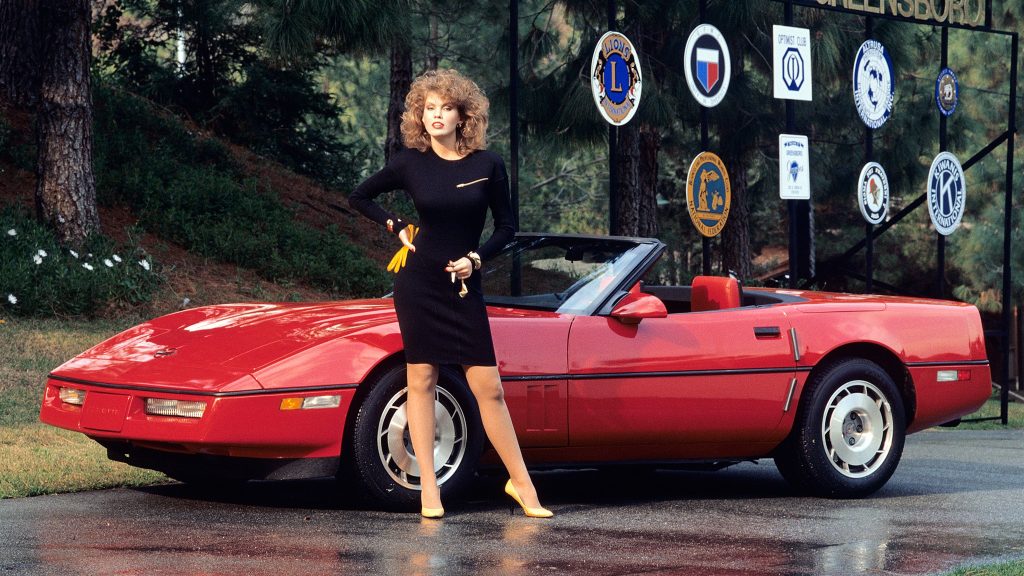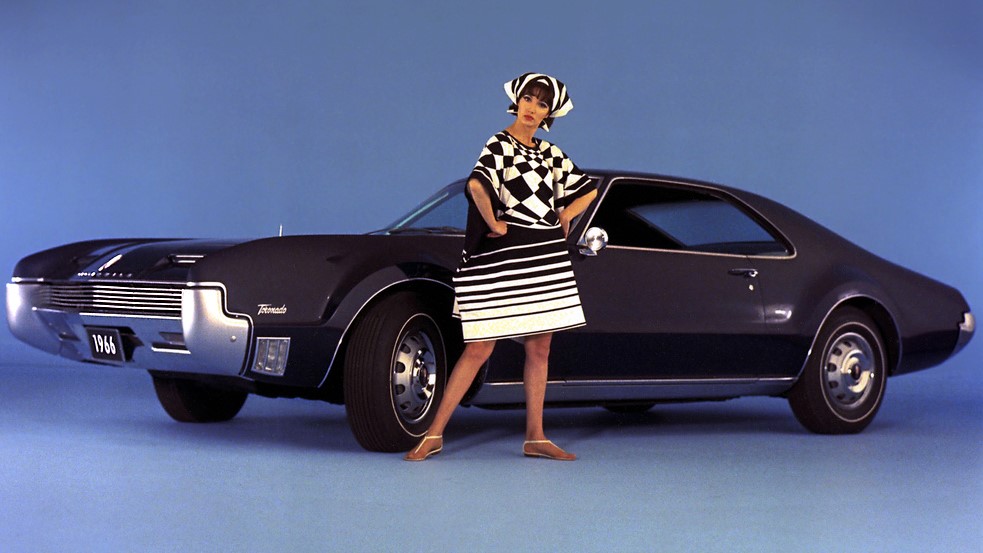Two units of the Buick GNX up on auction at the same time make it impossible for us not to talk about such an impressive North American high performance car
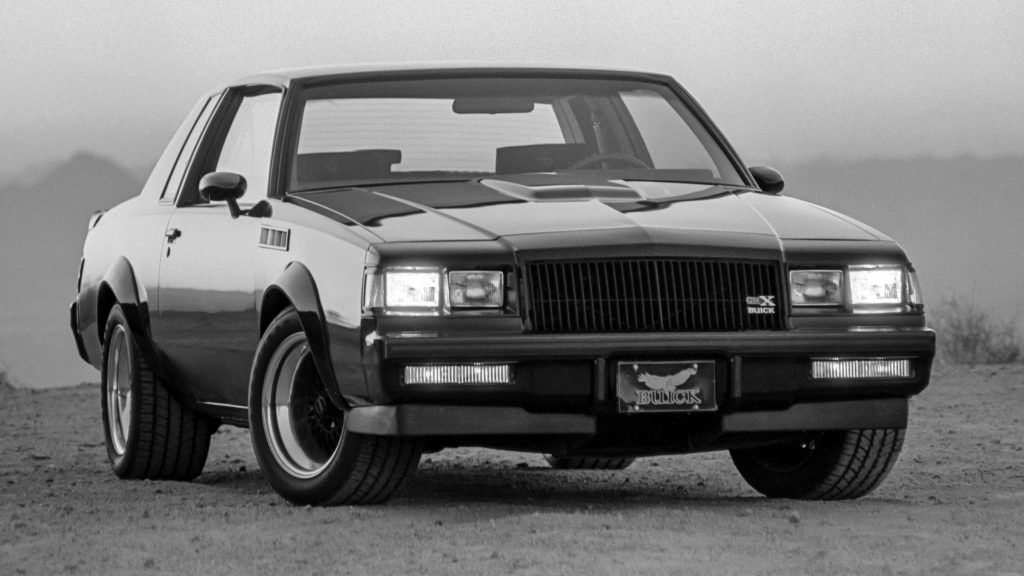
- Buick GNX is a North American muscle car that became famous for using turbo
- One of the 547 units ever produced has just gone on auction at Bring a Trailer
- Check out all about this awesome car built by Buick, McLaren, and ASC together
While units of this car make news quite often, seeing two going on auction at the same time is surprising to say the least. From a production run of only 547 units, the #308 appeared on Jalopnik last Friday and has already traded hands. The #414, in turn, appeared on Carscoops yesterday and is still taking bids. Now, do you really know what made that car so special?
From being a special edition of a sporty version of a regular car to having been tuned by McLaren Performance Technologies ASC, there is a lot to learn about this car. GM needed to revamp Buick’s image at the time and ended making the quickest four-seat production car in the US. This article will show the history of a coupé which has spent 35 years collecting admiration around the world.
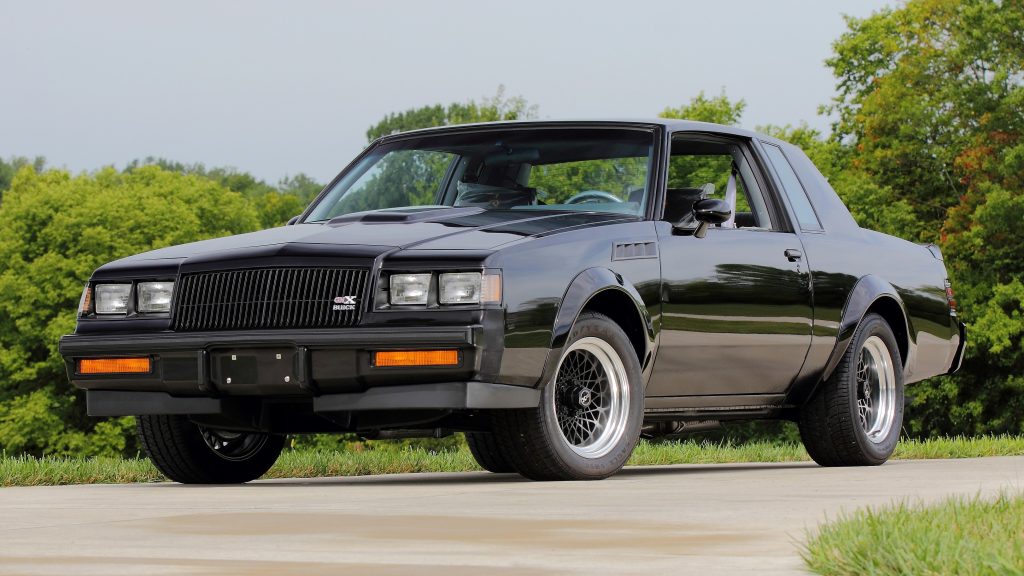
Why was the GNX necessary?
Buick was dealing with an image issue in the early 1980s. Besides internal competition from Oldsmobile and Pontiac, the division ended tied to an aging target audience. Electra, LeSabre and Skylark were simply unable to attract young drivers. The first Grand National arrived in 1982 as an appearance package trying to use the emotional appeal of the Gran Sport models of yore.

Things would only pick up, though, in 1984. The GN, as people informally referred to it, became a model of its own. It received all-black exterior and a turbocharged V6 engine good for 245 hp of power and 355 lb-ft of torque. As Hemmings remembers, Buick produced almost 10,000 units in the following three years and saw demand rise to sell over 20,000 by 1987.
Although Buick had reached its goal, everyone knew there was room for even more. Chief engineer Dave Sharpe wanted the model to leave on a high note and got GM management’s approval. The “super Grand National” would have a limited run of 500 units developed with McLaren Performance Technologies ASC. Now, even considering that this was no ordinary car, people’s reception was a wonderful surprise.

What is a Buick GNX?
The Grand National’s 3.8-liter V6 had its intercooler and Garrett T-3 turbocharger upgraded. The exhaust system got dual pipes of larger diameter. The rear suspension had a revision to maximize tire grip. Wheels had similar appearance but used specific Goodyear tires. Even the automatic transmission had tweaks to make faster shifts. The brakes, on the other hand, were carried over.
Moving to design, the only naming reference was the car’s logo in forged aluminum. The “Grand National Experimental” also had wider wheel arches to accommodate the new tires, and functional fender vents. In the cabin, there is another logo and a whole new Stewart-Warner instrument cluster. The latter featured a turbo boost gauge which is quite useful during drag-strip accelerations.
GM and ASC accomplished the tricky task of making the GNX exclusive without becoming a different car. The new official figures of 276 hp and 360 lb-ft ignored the curb weight of 3,545 lb and made it dash to 60 mph in 4.6 seconds and finish the quarter mile in 13.5 seconds at 113 mph. If you think that press and people’s reception was good, multiply that by a thousand.
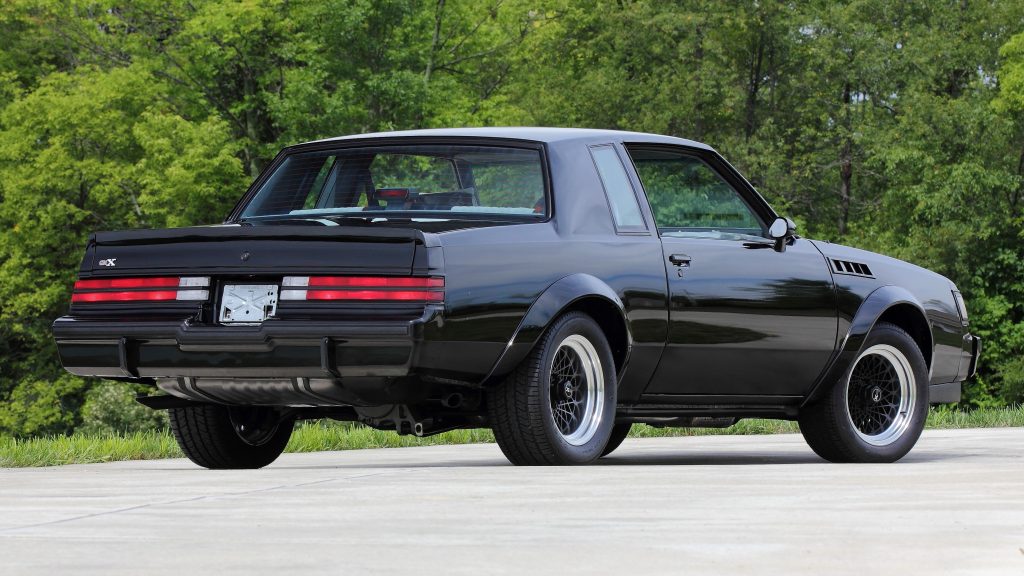
“Fastest showroom trim musclecar ever”
Everyone raved about the new car. People loved its stealthy appearance while the press could not find words to properly praise its performance. While European models performed better at a track, the car was hard to beat at a straight line: those figures were comparable to Ferrari F40’s and Porsche 911 Turbo’s. As you can imagine, such frenzy quickly translated into sales demand.
There were so many buyers interested in the car that dealers began to gouge prices – at some point, even ASC (who manufactured it) did the same. Buick sent the 500 cars to its top 500 dealers of the time, among a total of around 2,700. Later, it released the Select 60 program to award the best of those with a second unit, but only 47 made it – hence the limited production of 547 units.
It is easy to see that such a special car was a perfect sendoff to the Regal lineup. The problem is that it became so coveted that, even in 1987, many bought them for collections or to resell at a profit in the future. One of the units mentioned paragraphs ago has only covered nine miles. If you had one, would you do the same or would you take Buick’s ultimate performance icon to the track?
You may also like
The Oldsmobile Toronado was another muscle car that challenged the status quo. It first appeared in 1966 with a highly controversial difference. Take a look at our article about it!
Frequently asked questions
The suggested retail price of US$ 29,290 back in 1987 would translate to roughly US$ 75,000 today. Those auctioned units are listed on eBay at US$ 200,000 and on Bring a Trailer at US$ 180,000.
547 units. The #001 is a prototype owned by General Motors. Buick sent one unit to each of its top 500 Buick dealers and a second one to 47 of them as part of the Select 60 program.
First of all, it was a special performance car. Secondly, Buick had little tradition in that, yet managed to make something worthy of competing with Ferrari and Porsche. Last, but not least, many units of this limited production Buick are in excellent conditions.
A 3.8-liter V6. It uses a Garrett T-3 turbocharger with ceramic impeller and an intercooler and makes official power and torque of 276 hp and 360 lb-ft. It is often said, however, that those figures were underrated: the real ones are claimed to be 300 hp and 420 lb-ft.
Front and rear wheels measured 8″ across and had a 16″ diameter. They used Goodyear Eagle Gatorback tires measuring 245/50 R16 up front and 255/50 R16 out back.
It went from 0 to 60 mph in 4.6 seconds and finished the quarter mile in 13.5 seconds. Those figures made it respectable among cars like Ferrari F40, Porsche 911 Turbo and Chevrolet Corvette.
Buick’s chief engineer Dave Sharpe gets credit for persuading GM to approve the GNX’s creation. The company recruited ASC/McLaren to co-develop the car. ASC alone was the responsible for receiving units of the Regal Grand National and transforming them into GNX cars.
The Grand National was a typical performance-oriented version, in this case based on the Buick Regal. The GNX was a farewell edition which received several upgrades compared to the regular Grand National.
No. The muscle car recipe calls for streamlined coupé body and naturally-aspirated V8 engines. This one is more like a personal luxury car, derived from a two-door sedan. Besides, it uses a turbocharged V6.
Danillo Almeida has explored his passion for cars in two distinct ways. The first one is his graduation course in Mechanical Engineering, which will hopefully lead to a job position in the field. The other one is expressing his knowledge and opinions on the matter through writing. Almeida has already contributed to blogs, stores, and websites in general writing automotive content in many formats.

